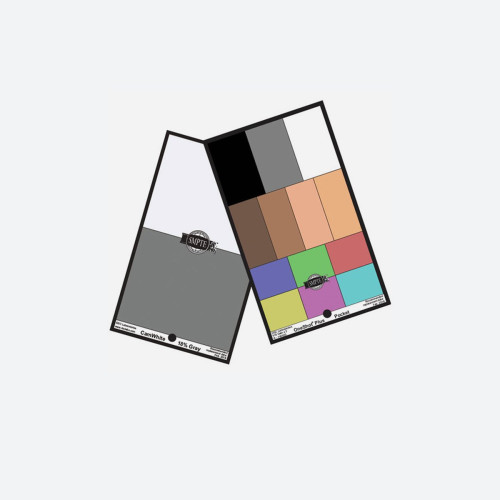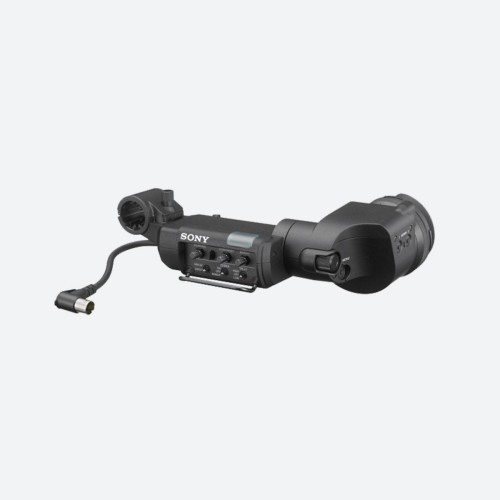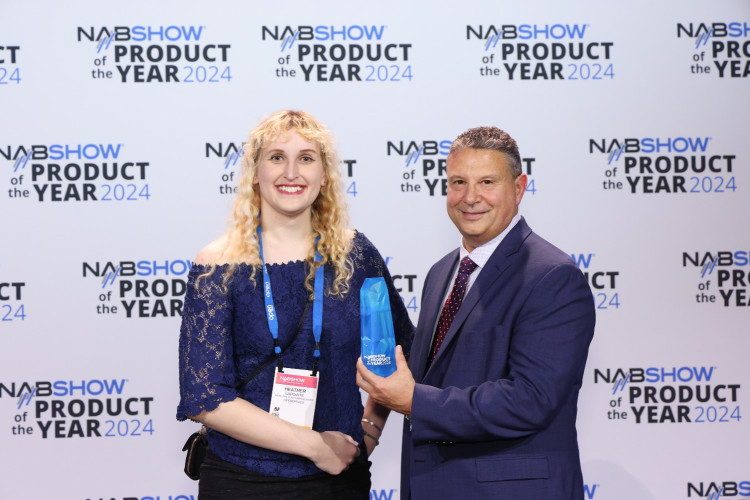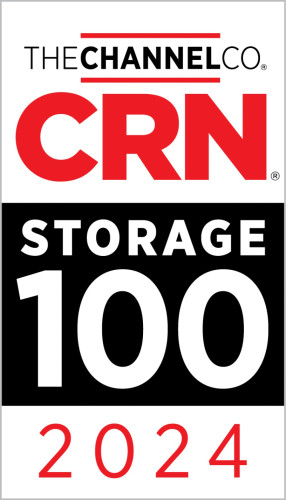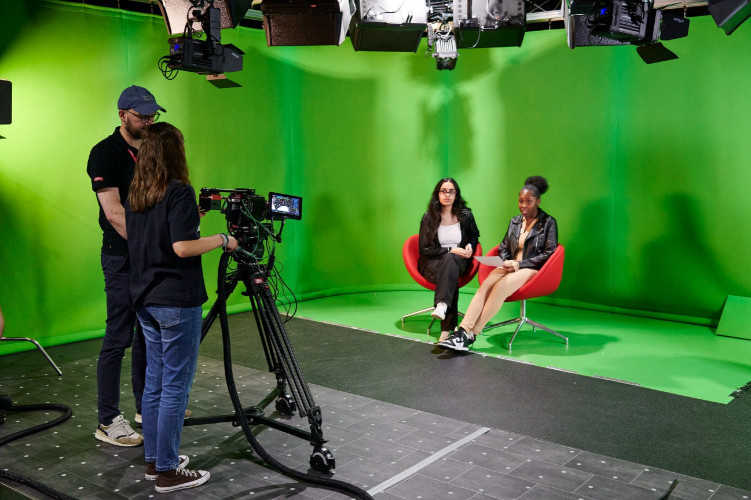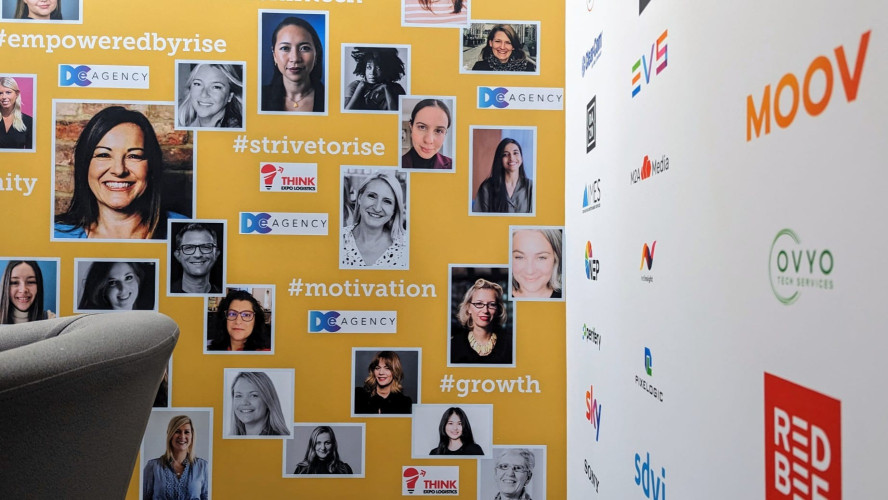Looking back, and forward to the next decade of media production

Author: Bob Pank#
Published 1st March 2010
The year 2000 doesn’t seem that long ago – and what’s for certain is that as you get older ten years is a very short space of time.
A decade is a long time in technology though.
In 1999 most people didn’t have a mobile phone and weren’t even on the internet at home, painfully slow dial-up was the only option for most. A decade on, the internet is at the core of personal and business transactions – whether it be by email or via some kind of social networking site, and most are using a pretty fast connection at home and certainly at the office.
One thing we can all agree on is that things change faster now than ever before as technology follows Moore’s Law. So where will we be by 2019, other than ten years older?
Editors note: “Moore's law describes a long-term trend in the history of computing hardware, in which the number of transistors that can be placed inexpensively on an integrated circuit has doubled approximately every two years”
How we consume media will be the biggest change, with deals being struck with YouTube and the like for streaming of television series, Spotify, LOVEFILM.com, Virgin and Sky offering music and movies on demand, and in the latter case in HD – it seems natural to assume by the end of the decade the act of buying music and films in a disk form will only apply to a minority of the public.
With the removal of the actual ‘media’ it opens up the chance of ever higher quality content being viewed on laptop screens and LCD’s in the home (a lot of TV’s already ship with internet built-in) as the only limit is the pipe you can send it down rather than the manufacture of goods. iPlayer and its HD offering has shown that image quality matters yet again – and the argument for DV being good enough does not carry in this HD digital age. For certain, one thing this decade has shown is that audiences do crave high-quality movies and drama (The Dark Knight, Heroes, Lost, 24, Mad Men, The Wire etc.) and will flock to it in their millions. Within a short amount of time streaming to mobile phones (iPhone etc) will be a real reality – wherever you are, via wi-fi or 3G.
The big change in cinema will be 3D Stereoscopic. 2010 will see the next big leap since the introduction of colour in the 1940s and 50s. ‘Avatar’ and ‘Tim Burton’s Alice in Wonderland’ will mark the first big change in live action movie production, and Sky’s 3D summer of sport will be the catalyst to the slow process of getting 3D to people in pubs and in their homes. Expect ‘3D at home’ in the latter half of this decade.
It is the 3D Stereoscopic and digital projection standards which will drive film and programme makers to produce high-quality material – and it could mark a wholesale change as the industry shrinks as consumers demand better and switch off if their attention isn’t kept. If the internet has shown us one thing, its that people will not just watch anything when you can quickly click a link to something better – the sooner companies realise this and start spending money with agencies again to create unique content for internet users the sooner this industry will begin to get back to work. 2009 has been a year of people leaving the industry, its wholesale shrinkage has meant the removing of wheat from the chaff. Many will not be able to return, and I doubt advertising will ever return to the rates and demand it enjoyed up till the middle of this decade. While the internet killed live transmitted advertising, it will resurface in a new online form. While advertisers have already woken up to social networking sites and the power they now control (X-Factor vs. Rage against the machine for example) can only be exploited with content worth watching, and worth forwarding or ’sharing’.
The gulf we’ve seen between high quality and airwave fillers will get greater, as more focused channels come to air. As more channels will be introduced, quality will continue to drop across the network of 100s of channels, traditional live advertising revenue will continue to drop with the exception of ad breaks in ‘X-Factor’ and the like, the only advertisers left on TV will be supermarkets and ‘under-the-sink’ brands. What will replace it is the insertion of ads at the start of on-demand programmes which will help to keep the market from slipping quite so fast – but I predict by the end of this new decade television advertising will not exist in the form it does now. Content will be viewed online and on-demand – and subscription or pay-per-view will grow for movies and high quality HBO type series, advertising will feature in the form of product placement, ad’s over-layed at the bottom of your YouTube stream, and forced-in commercials which are still used to ‘break’ up long shows.
What was, and what will be, the big change in the art of movie and programme making? Well in the late 1980s and early 1990s Avid was the big advancement in the world of post-production, along with other digital non-linear systems such as the Quantel Paintbox and Henry, and later the discreet Flame. Non-linear would have summed up the big change of the 90s, but shooting on film was still the only real option for medium to high-end production.
This decade? Well its been the advancement of High Definition pictures and digital cameras, and their over-taking of film in general use. Certainly most high-end commercials are still shot on 35mm, and the same goes for feature films – but its obvious by 2015 the majority of production at the high-end will be digitally acquired as the cameras surpass film quality.
The other big change was Final Cut Pro. Now available with a comprehensive editing and post production toolset for only £700 it smashes the price of HD post production, along with Adobe it has changed the landscape for good. Talent will be the only thing left in this industry, without it you’ll find yourself looking for alternative work. ‘Edit Hire’ rates for Avids and suites is over, unless you’re posting Stereoscopic work at 4k resolution or have a suite which meets the demands of high-end clients, expect your rates to continue to drop unless you’ve got the best creative talent. The shrinkage is set to continue.
So, how will us creatives make it through to 2020 and make a decent living? The same two things as always:
If it’s not on the script it’s not on the screen.
Be the best, work with the best, make the best.
Thomas Urbye
MD, The Look
Soho, London





